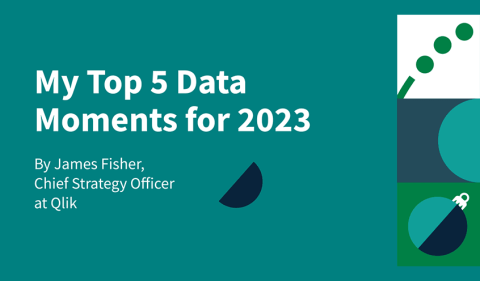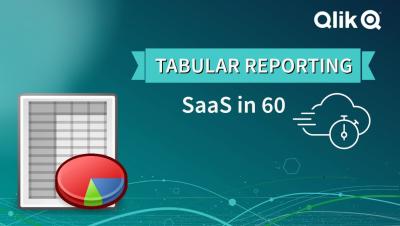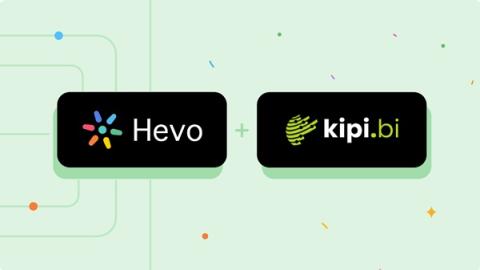New Snowflake Features Released in September-November 2023
At our recent Snowday event, we announced a wave of Snowflake product innovations for easier application development, new AI and LLM capabilities, better cost management and more. If you missed the event or need a refresh of what was presented, watch any Snowday session on demand. Let’s dive into all new releases in September, October and November.











